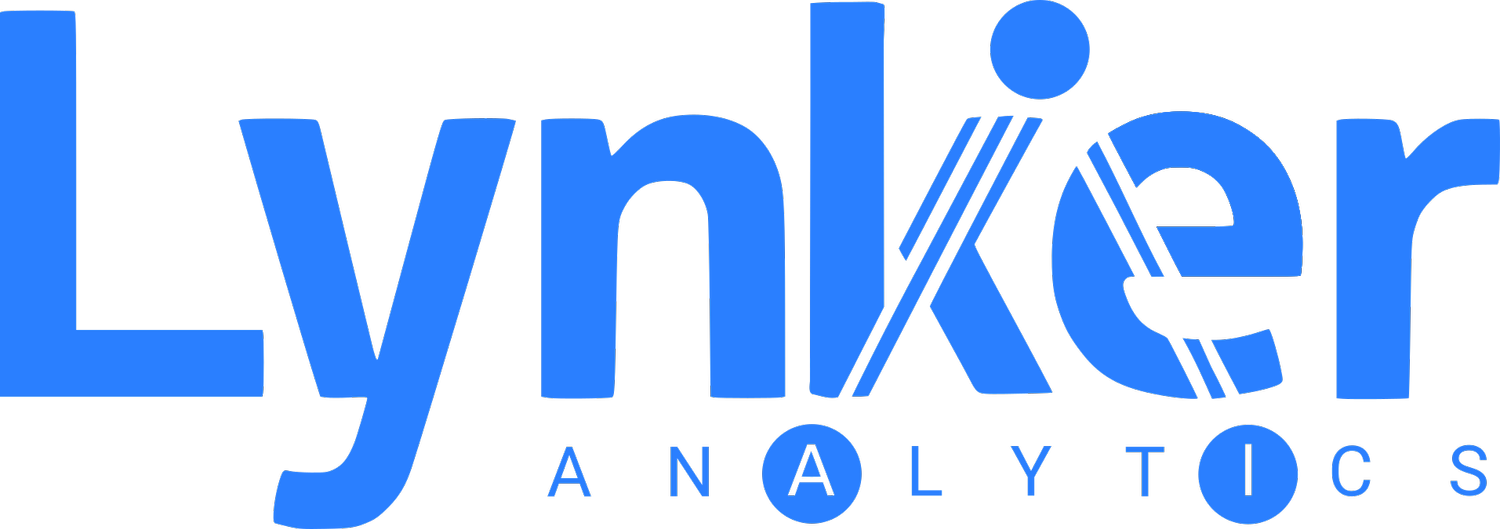Client: Auckland Council
To improve management of their stormwater network Auckland Council has developed a pilot system relying on simple hunting outdoor cameras to monitor critical discharge sites.
Developed with Lynker Analytics and Mott MacDonald, the system uses a network of solar-powered cameras installed at 7 sites across the city with each device configured to acquire up to 10 images per day. Images from each site are sent to Moata which is a smart infrastructure monitoring system used by Auckland Council to visualise the performance of water assets enabling optimisation and focused maintenance.
Images from two stormwater discharge sites
Images are remotely retrieved from the cameras and then processed by a cloud based machine learning model developed and operated by Lynker Analytics. Results are returned to Moata with a classification status based on the site condition. The system is set up to send alarms depending on the type of issue detected.
The ML model was developed using data from multiple sites, each with slightly different camera positions and properties such as the type of infrastructure used. An active learning training system was used to train a Deep Convolutional Neural Network (CNN) model to classify the images into four categories: Clear, Partial blockage, Substantial blockage, Flooded.
Stormwater discharge sites and classification status.
The model was trained using an initial resource of 3,000 images acquired over several months of operation with each image assigned a class and confidence. The overall model accuracy is around 90% with the “clear” status the most confidently predicted.
To illustrate the effectiveness of this type of approach and the responsiveness of Auckland Council and their contractors the images below show two discharge sites before, during and after the intense rainfall event of January 27th 2023. These images are acquired at approximately 6 hour intervals. The model identifies the flooding and blockages and also the discharge site status after the sites were cleared.
Images from discharge sites before, during and after Jan 27 rainfall event
David Knox, Principal Data Science at Lynker Analytics says
“As the image library grows and covers more events the model will increase accuracy as well as allow for the addition of other categories such as anomaly to describe unusual situations e.g. supermarket trolley in the site, no image or a crack in lens.”
The current trial will be scaled up to include an additional 20 cameras which will improve the management of the stormwater network, reducing the risk of flooding and related damage. By detecting blockages early, the system will also improve the efficiency of maintenance operations, reducing costs and minimising disruptions to the public. Ultimately, the proposed system will lead to a more sustainable and resilient stormwater network for Auckland.
Deliverables
Machine Learning Model version 1.0 trained with baseline sites
Integration with Moata API
Ongoing system and ML Ops support



